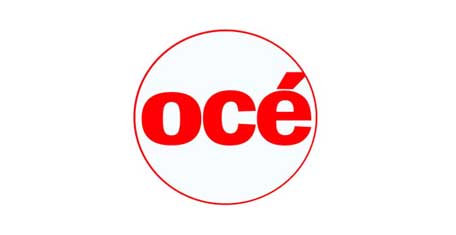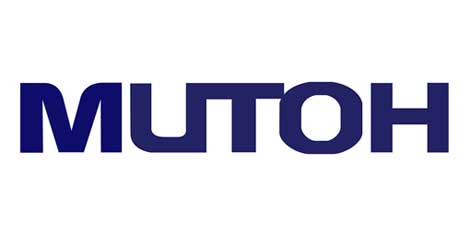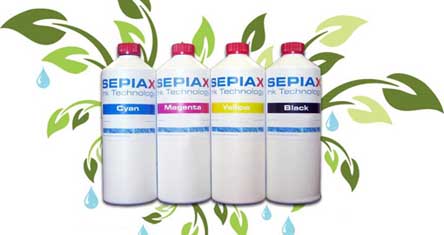
Océ, a Canon Group Company and an international leader in digital document management, today announced that Océ continues to enhance its environmental track record. One of the most recent achievements is the planting of thousands of trees on behalf of its customer, Jeppesen, to help offset carbon emissions.
The Océ Eco Start program is designed as a first step to help companies like Jeppesen achieve a reduction in the amount of carbon attributable to its production printing operations. When a company purchases an Océ production system, Océ will purchase and have trees planted to help offset CO2 emissions attributable to the energy used in operating the production printer. This is based on the expected use of the equipment over the first year of operation of the printeri.
"Jeppesen strongly supports sustainable business practices, and we applaud Océ for helping us achieve carbon-neutral production with our Océ production printer. All our employees are excited about the part we play in planting so many trees to benefit the environment," said Jeppesen President and Chief Executive Officer , Mark Van Tine.
Partnership for Growth Plants Trees Around the World
To plant the trees, Océ partnered with Trees for the Future, a highly rated charitable organization. Trees for the Future has helped thousands of communities across the world improve their livelihoods and environment by planting nearly 50 million trees, removing approximately one million tons of CO2 from the atmosphere each year.
"We are extremely proud to work with Jeppesen and Trees for the Future to make this important initiative happen. Océ has a long, progressive record in sustainable business practices, and the Eco-Start program brings together the commitment of our customers and our company," said Mal Baboyian, President, Océ North America, Production Printing Systems.
Océ Production Printer Inkjet Inks and Toner Test Well Below Government Established Minimum Levels for Lead and Phthalates
"Océ continues to drive sustainable business practices across all parts of our business and our customers' as well. Our accomplishments range from the latest tree plantings for the Eco-Start program, to the testing of our ink-jet and toner in accordance with the changes to the Consumer Product Safety Improvement Act (CPSIA)," said Francis McMahon, Océ Vice President, Marketing, Océ North America, Production Printing Systems.
The CPSIA requires domestic manufacturers and importers to certify that children's products made after February 10, 2009 meet certain requirement for lead and phthalate content and sets forth maximum allowable levels of these substances. Océ's inks and toners fall well below the maximum levels as tested over a year ago (well ahead of most other production printing inkjet printer vendors) by Applied Technical Services, Incorporated, a Consumer Product Safety Commission approved testing facility.
Early, Proactive Steps to Ensure Environmental Safety
"Océ took action very early to test the inkjet inks and toner used in our Océ production systems through independent testing. The book printing market is one of our largest segments, and we took proactive steps when this act was announced, because we knew it would be important to our customers. Our book printing customers can feel comfortable knowing that the Océ inks and toners they use in producing books are well within federal requirements for levels of lead and phthalates," said McMahon.
Océ production printing toner and inkjet inks were tested at a CPSC-approved lab for lead and phthalate. In February, 2010, Océ received independent test results which showed that these substances were either not detected at all or fell well below minimum standards for use in children's books. At that time, Océ was the only production printer manufacturer that had conducted this independent test.







